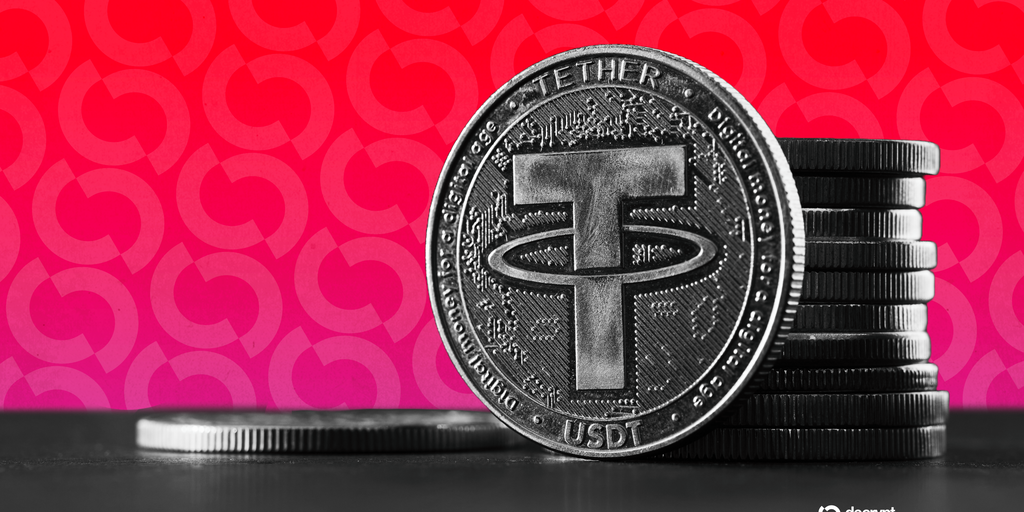In brief
- Select stablecoin ATMs with USDT to cash conversion are now live at tourist and retail sites across South Korea.
- Access remains limited to foreign passport holders under regulatory sandbox rules.
- The rollout comes as lawmakers debate competing proposals for stablecoin legislation in the country.
Foreign visitors to South Korea can now use select crypto-enabled kiosks to convert stablecoins into cash at major tourist destinations, in an experiment that offers a glimpse into how the country is warming to the idea of digital asset payments.
Built and operated by South Korean blockchain firm DaWinKS in partnership with the Kaia DLT Foundation, the machines support Kaia-issued USDT, a version of Tether’s stablecoin on the public blockchain formed from the merger of Klaytn and Finschia, two projects backed by Korean tech giant Kakao and Japan’s LINE app.
The companies say the machines are visible, easy to use, and integrated with infrastructure Koreans already rely on, such as convenience stores and transit hubs. Verified users can withdraw fiat in 85 currencies or load funds onto a local transit card.
Yet locals are barred from transacting, even if they hold crypto or are already familiar with the technology, leaving residents excluded.
Still, there’s a “real desire to pursue” the country’s stablecoin industry, even if through “pilot rollouts” for now, Dr. Sangmin Seo, chairman of the Kaia DLT Foundation, told Decrypt.
While officially limited to tourists, the rollout has not gone unnoticed by locals.
Some have reportedly attempted to access the machines discreetly, raising questions about how enforcement is handled on the ground and whether the demand for stablecoin cash-out services exists beyond the target user base.
Seo acknowledged one challenge: KYC, or know-your-customer rules for identity verification and background checks.
KYC is among the “greatest bottlenecks for offline Web3,” Seo admitted.
South Korea’s approach to stablecoins also remains fragmented, with no unified regulatory framework in place.
Underscoring the disunity, lawmakers from the nation’s ruling and opposition parties recently introduced competing bills, differing on reserves, issuer licensing, and enforcement mechanisms.
This comes as President Lee Jae-myung advances a crypto-friendly agenda that includes new legislation to regulate and expand stablecoin issuance.
Under the proposed Digital Asset Basic Act, companies with at least 500 million won ($366,749) in equity could issue stablecoins, including a proposed won-pegged version aimed at curbing capital flight.
The placement of stablecoin ATMs in everyday commercial areas may reflect how Korean firms are testing real-world crypto infrastructure within legal limits.
By operating under a sandbox model, the companies can gather insights on usage patterns and operational risks ahead of future policy shifts.
DaWinKS, whose solutions “fall under the government’s sandbox licenses,” has arguably “demonstrated” how financial technologies could connect and resolve these issues reliably, without “hindering consumer convenience,” according to Seo.
“We understand many other business segments want to incorporate their fintech features with DTM (digital teller machines),” Seo explained, pointing to use cases such as debit cards, vouchers, foreign-only casino or resort payments, and even, in some cases, medical payments.
The machines “can be compatible with any other fintech solutions,” operating as a “gateway from digital assets to real-world, cash-down activities,” he added.
Still, much will depend on how lawmakers resolve the questions left open over stablecoin oversight, including who can issue tokens, how reserves are structured, and the role private firms may play in the national payments system.
Daily Debrief Newsletter
Start every day with the top news stories right now, plus original features, a podcast, videos and more.

